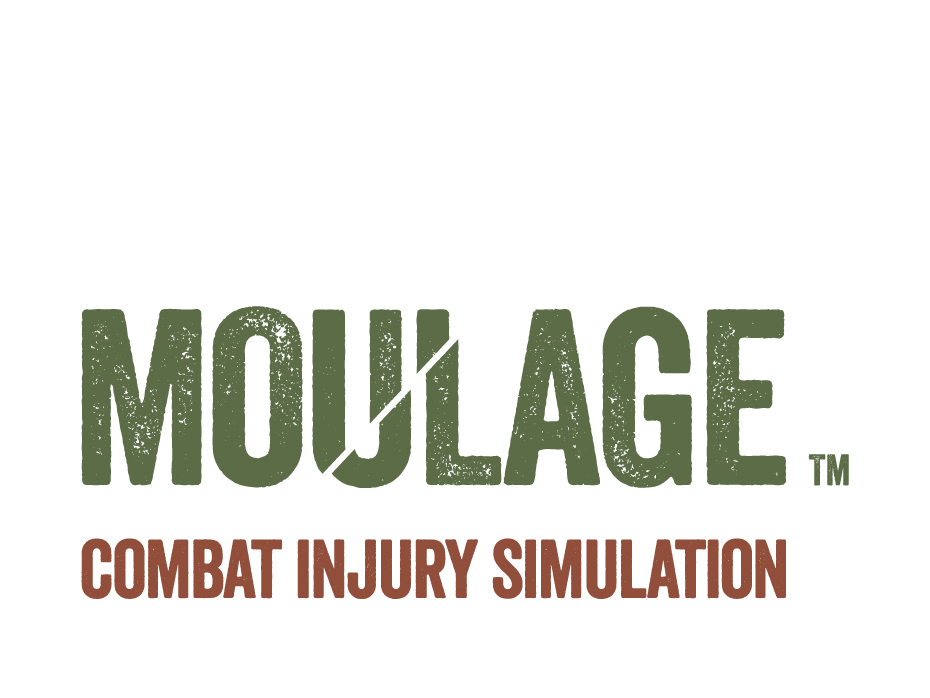Theatrical Blood Effects for Realistic Casualty Simulation: Part 1
Dramatizing blood effects properly in bleeding injury simulations requires a bit of knowledge in how the human body hemorrhages as a result of trauma. Trauma simulation scenarios can include both internal and external bleeding, and creating realistic looking blood loss requires familiarity in using the right kind of theatrical products. Blood effects is arguably one of the most important visuals in creating the most life-like looking injury results on actor role players and patient simulators for engaging positive triage training outcomes. This series on theatrical blood effects is written as a helpful general guideline in selecting and using stage blood products for casualty simulation arts, also known as medical moulage.
Bleeding injuries can be internal as well as external, and depending on the mechanism of injury. Internal bleeding can result from blunt force trauma due to an impact to the body at a given rate of speed in which blood vessels inside are compromised. Penetrating trauma occurs when a force or object breaks through the skin into the body, thus creating blood loss at the wounding point of entry. Injuries resulting in internal bleeding can occur within the tissues, organs, or in body cavities such as the abdomen and chest. When blood seeps into soft tissues it is typically seen on the surface as a bruising area that is significantly reddish purple in color. Blood loss from a piercing wound can be nominal, such as in surface abrasions. Or, it can be massive hemorrhaging, such as a bleeding out from an open body cavity, scalp/head injury, or from the loss of limb.
In planning your blood effects for a realistic training scenario, keep in mind the number of casualties involved in the exercise whose proximity of exposure to the impact would result in primary bleeding wounds along with secondary transfer. This includes not only blood flow from the victims, but also that which would be consistent in blood patterning residue transfer throughout the blast environment. For example, a bomb blast in a public venue will have varying degrees of minor to critical internal/external bleeding injuries assigned to each role player, and based on their concentric position near to or further away from the initial explosion force and debris. With this scenario you will have a variety of blood effects, from surface abrasions and lacerations that involve capillary/artery bleeding to deep puncturing wounds or even amputations that involve both artery and venous colored blood flow. Open bleeding wounds from a blast wave will also scatter blood residue throughout the scene by some means of transfer, including physical contact with the ground, touching another bloody victim, bloody clothing and props, and so on.
Bleeding traumas must also be physically accurate in relation to the type of injury that would be sustained from their position to the blast exposure, and blood flow must be consistent with the cause and effect for realism. Blood must also stream or disperse in a manner and direction within the scene that relates correctly to both their wounds and body posture (standing, lying on ground, physical contact with another bleeding role player, etc). Theatrical blood color and texture is also vitally important to properly replicate the true characteristics of blood as it behaves, from the moment it begins to bleed from the body to how it changes as it begins to coagulate. In Part 2 of this series we will talk about identifying, selecting, and applying the right theatrical blood products that produce the most realistic simulations for believable results real time training exercises as well as for film, TV and live staging productions.

